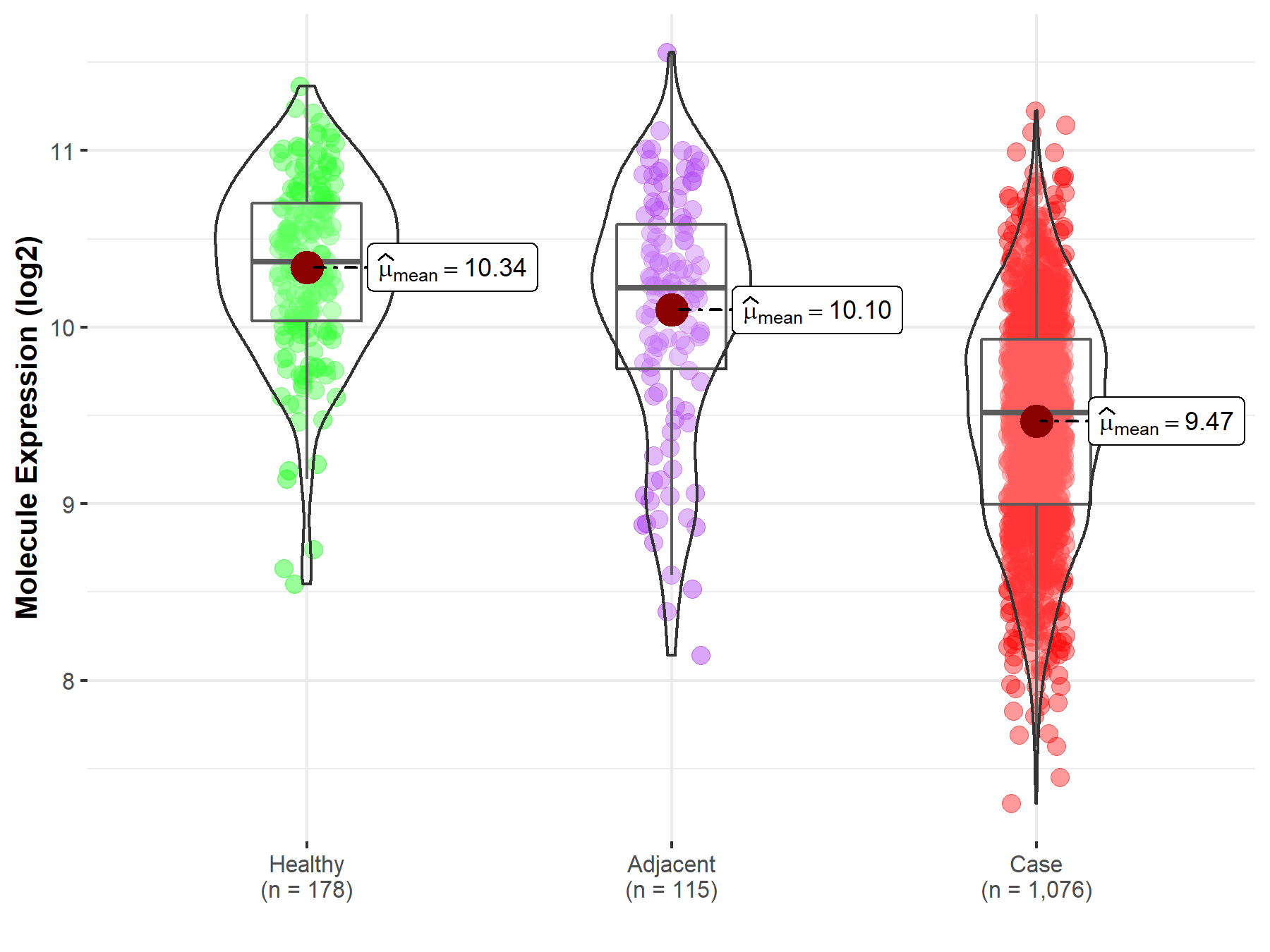Molecule Information
General Information of the Molecule (ID: Mol00136)
| Name |
Astrocytic phosphoprotein PEA-15 (PEA15)
,Homo sapiens
|
||||
|---|---|---|---|---|---|
| Synonyms |
15 kDa phosphoprotein enriched in astrocytes; Phosphoprotein enriched in diabetes; PED
Click to Show/Hide
|
||||
| Molecule Type |
Protein
|
||||
| Gene Name |
PEA15
|
||||
| Gene ID | |||||
| Location |
chr1:160205380-160215376[+]
|
||||
| Sequence |
MAEYGTLLQDLTNNITLEDLEQLKSACKEDIPSEKSEEITTGSAWFSFLESHNKLDKDNL
SYIEHIFEISRRPDLLTMVVDYRTRVLKISEEDELDTKLTRIPSAKKYKDIIRQPSEEEI IKLAPPPKKA Click to Show/Hide
|
||||
| Function |
Blocks Ras-mediated inhibition of integrin activation and modulates the ERK MAP kinase cascade. Inhibits RPS6KA3 activities by retaining it in the cytoplasm (By similarity). Inhibits both TNFRSF6- and TNFRSF1A-mediated CASP8 activity and apoptosis. Regulates glucose transport by controlling both the content of SLC2A1 glucose transporters on the plasma membrane and the insulin-dependent trafficking of SLC2A4 from the cell interior to the surface.
Click to Show/Hide
|
||||
| Uniprot ID | |||||
| Ensembl ID | |||||
| HGNC ID | |||||
| Click to Show/Hide the Complete Species Lineage | |||||
Type(s) of Resistant Mechanism of This Molecule
Drug Resistance Data Categorized by Drug
Clinical Trial Drug(s)
1 drug(s) in total
| Drug Sensitivity Data Categorized by Their Corresponding Mechanisms | ||||
|
|
||||
| Disease Class: Non-small cell lung cancer | [1] | |||
| Sensitive Disease | Non-small cell lung cancer [ICD-11: 2C25.Y] | |||
| Sensitive Drug | TRAIL | |||
| Molecule Alteration | Expression | Down-regulation |
||
| Experimental Note | Identified from the Human Clinical Data | |||
| Cell Pathway Regulation | Cell apoptosis | Activation | hsa04210 | |
| In Vitro Model | H460 cells | Lung | Homo sapiens (Human) | CVCL_0459 |
| Calu1 cells | Lung | Homo sapiens (Human) | CVCL_0608 | |
| Experiment for Molecule Alteration |
Western blotting analysis | |||
| Experiment for Drug Resistance |
Annexin V staining assay | |||
| Mechanism Description | PED/PEA-15 has a broad antiapoptotic action, being able to inhibit both the intrinsic and the extrinsic apoptotic pathways. miR-212 negatively modulates PED/PEA-15 expression and sensitizes non-small cell lung cancer (NSCLC) cells to TRAIL-induced apoptosis. | |||
Disease- and Tissue-specific Abundances of This Molecule
ICD Disease Classification 02

| Differential expression of molecule in resistant diseases | ||
| The Studied Tissue | Lung | |
| The Specified Disease | Lung cancer | |
| The Expression Level of Disease Section Compare with the Healthy Individual Tissue | p-value: 1.76E-58; Fold-change: -8.57E-01; Z-score: -1.72E+00 | |
| The Expression Level of Disease Section Compare with the Adjacent Tissue | p-value: 1.01E-16; Fold-change: -7.10E-01; Z-score: -1.05E+00 | |
|
Molecule expression in the normal tissue adjacent to the diseased tissue of patients
Molecule expression in the diseased tissue of patients
Molecule expression in the normal tissue of healthy individuals
|
||
| Disease-specific Molecule Abundances |

|
Click to View the Clearer Original Diagram |
Tissue-specific Molecule Abundances in Healthy Individuals


|
||
References
If you find any error in data or bug in web service, please kindly report it to Dr. Sun and Dr. Zhang.
